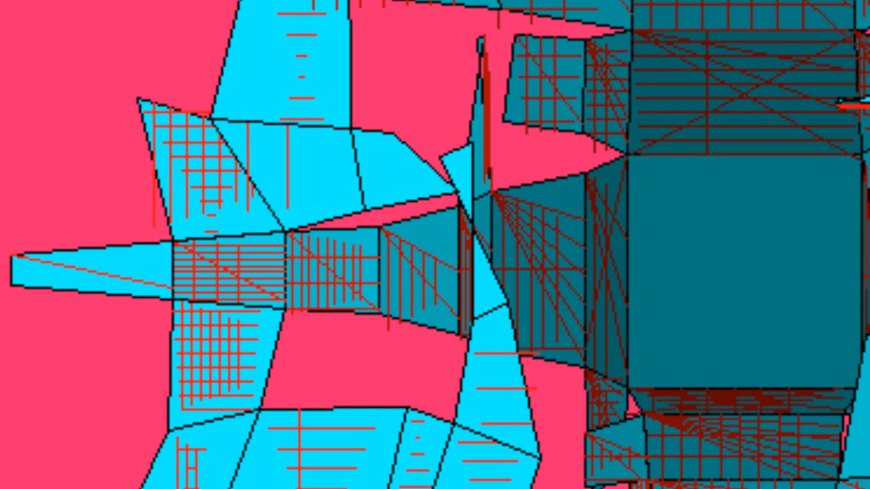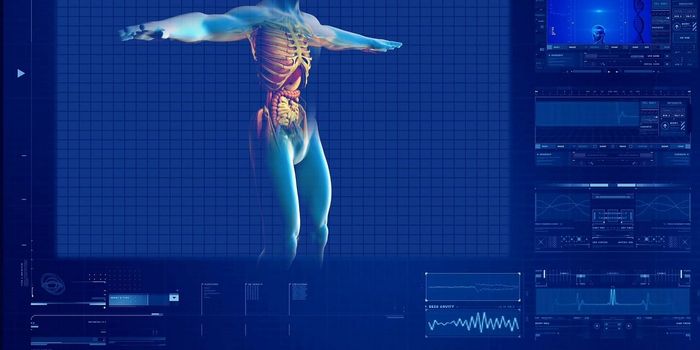Restoring Computer-Based Artwork

Art conservators have developed techniques over-time to protect traditional artworks. Unlike canvas-based art, software-and computer-based works are at risk of fragility because operating systems and programming languages change rapidly. Recently conserved online artwork, through a collaboration between Solomon R. Guggenheim Museum and New York University's Courant Institute of Mathematical Sciences, includes Shu Lea Cheang's Brandon (1998-99), Mark Napier's net.flag (2002), and John F. Simon Jr.'s Unfolding Object (2002).
Now, computer scientists working with time-based media conservators, have developed safeguard computer- or time-based art under the same art preservation principles. "The principles of art conservation for traditional works of art can be applied to decision-making in conservation of software- and computer-based works of art with respect to programming language selection, programming techniques, documentation, and other aspects of software remediation during restoration," explains Deena Engel, a professor of computer science at New York University's Courant Institute of Mathematical Sciences. "As part of conserving contemporary art, conservators are faced with new challenges as artists use current technology as media for their artworks."If you think of a word processing document that you wrote 10 years ago, can you still open it and read or print it? Software-based art can be very complex. Museums are tasked with conserving and exhibiting works of art in perpetuity. It is important that museums and collectors learn to care for these vulnerable and important works in contemporary art so that future generations can enjoy them."
Learn more:
Researchers are now exploring now technological methods for the implementation of both technical and theoretical approaches to the treatment and restoration of software-based art. The purpose is to maintain functionality and appeal of original art works. "For example, if we migrate a work of software-based art from an obsolete programming environment to a current one, our selection and programming decisions in the new programming language and environment are informed in part by evaluating the artistic goals of the medium first used," explains Engel. "We strive to maintain respect for the artist's coding style and approach in our restoration."
Source: Science Daily








